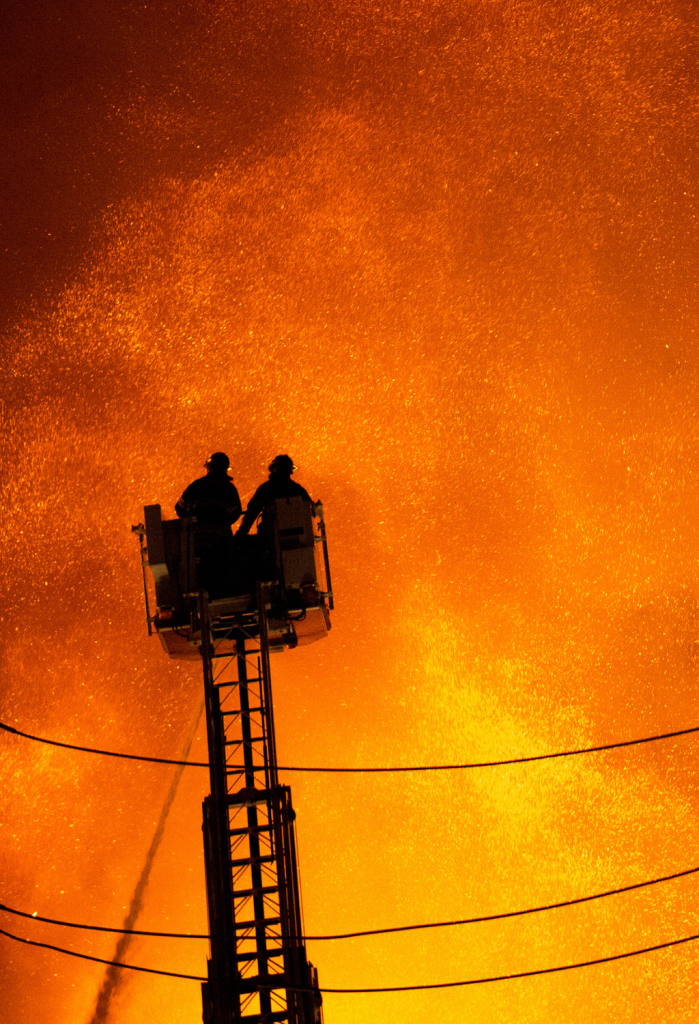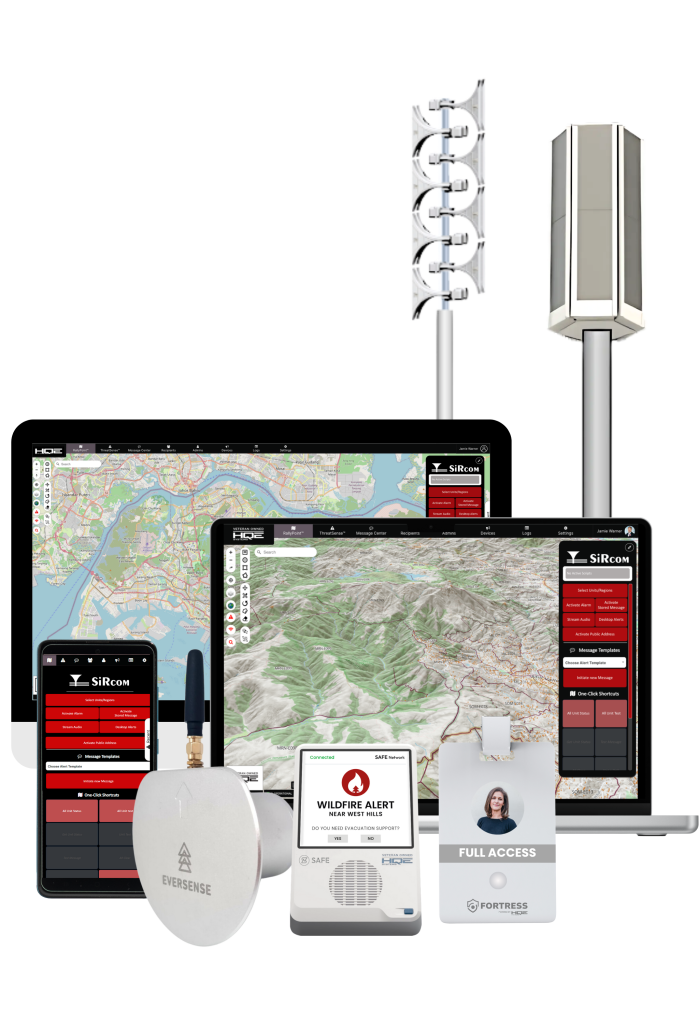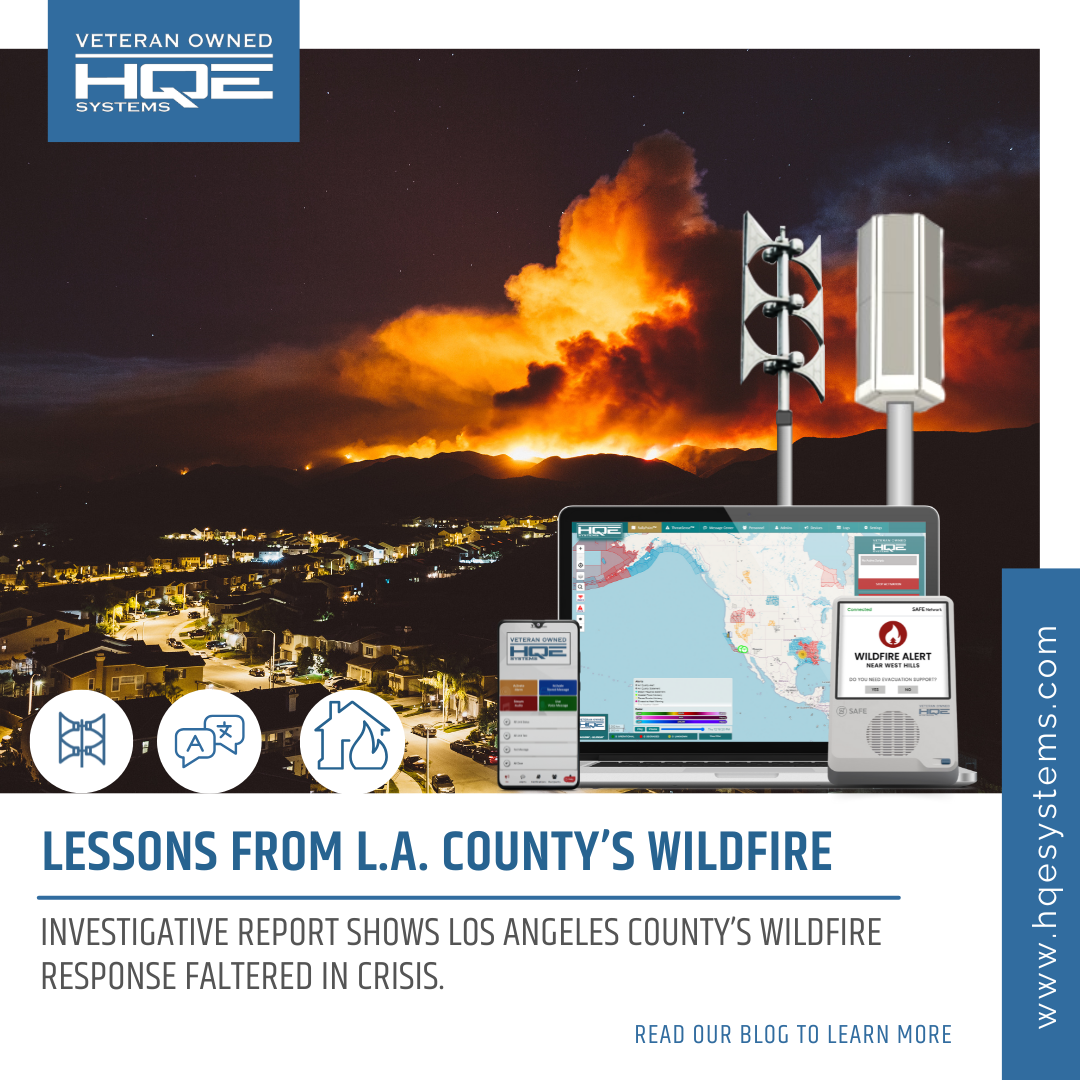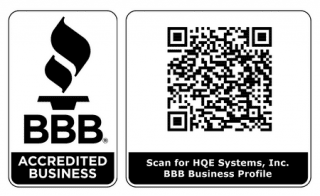A Night That Changed Everything
The smell of smoke. The sky glowing orange. The frantic rush to gather loved ones, pets, and the few belongings that could fit in a car. For countless California families, wildfire is no longer a distant possibility but a recurring nightmare. A recent investigative report by the Associated Press, published through KTLA, revealed that Los Angeles County’s response to deadly fires was slowed by limited resources and outdated alerts (Associated Press, 2024). This is not just a story of broken systems. It is about lives caught in the fragile space between warning and survival, and the urgent lessons that must be learned.
What the Report Reveals
The recent investigative reporting by the Associated Press, shared through KTLA, provides a sobering account of how Los Angeles County’s response to deadly wildfires was hindered at the most critical moments. At the heart of the findings were three major issues: Alert miscommunication, a shortage of resources, and an outdated emergency alert system. Together, these failures created a chain reaction of delays that left residents scrambling for safety with little official guidance.
One of the clearest takeaways from the report is that firefighting resources were stretched far too thin. Crews faced overwhelming demand with limited personnel and equipment available to respond quickly across multiple fire zones. The shortage meant that containment efforts lagged, evacuation support was inconsistent, and entire neighborhoods were left vulnerable for longer than necessary. In fast-moving wildfires, where every minute can determine whether lives and homes are saved, such shortages proved devastating.
Equally troubling was the reliance on outdated alert systems that failed to warn residents in time. The report highlights that many families either received delayed messages, confusing guidance, or no alerts at all. In some cases, neighbors only learned of the danger when they saw flames approaching or were urged to flee by friends and family.
As said by the Los Angeles Times, more recent reviews of fire alerts revealed another dangerous flaw: faulty evacuation warnings that reached people far outside the intended danger zones. In one case, orders meant for a narrow area near Calabasas instead went out to communities nearly 40 miles away because of a technical failure in the alerting software. Residents who were not at risk suddenly received evacuation messages that caused panic, traffic gridlock, and widespread distrust. At the same time, residents in the actual path of the fire often received no warning until flames were at their door.


Wildfires and the California Landscape
Year after year, wildfire season tests California’s emergency systems with growing intensity. According to CAL FIRE’s latest statistics, by late September 2025 the state had responded to more than 7,000 wildland fire incidents that burned over 521,000 acres (CAL FIRE, 2025).
To put that in perspective, the previous year saw just under 5,900 incidents that scorched about 472,000 acres, which means the 2025 season has already surpassed the year before in both fire count and acreage burned.
Both Los Angeles and Paradise illustrate the consequences of outdated systems. In Los Angeles County, wildfires revealed delayed alerts, resource shortages, and even false evacuation orders that caused confusion and mistrust (Los Angeles Times, 2025). You can read more in The Los Angeles Wildfires of 2025: Unveiling the Chaos and a Path Toward Resilience. In Paradise, the Camp Fire became a national symbol of how fragile alerts and evacuations can be when systems collapse. HQE’s work to strengthen Paradise’s preparedness is detailed in our Unified Mass Notification case study and in the official press release with the Town of Paradise.
The takeaway is the same. Whether in a foothill town or a metropolitan county, lives depend on timely alerts, reliable communication, and coordinated response. When those systems fail, the result is panic and loss.
The lessons are clear. Alerts must be multi-channel, including texts, calls, social media, cell broadcasts, and sirens, so that no single point of failure leaves communities uninformed. Agencies must coordinate so evacuations are orderly rather than chaotic. Investments in resources and training must keep pace with the growing scale of wildfire emergencies.
Wildfires will return each season, but repeated tragedy does not have to. With unified solutions, communities can act faster, respond smarter, and protect families before flames are at the door.
Unified Solutions and a Path Forward
When warning systems fail, lives are lost. Paradise and Los Angeles County both showed how outdated alerts and fragmented response create chaos, gridlock, and mistrust. Communities cannot afford to repeat these mistakes. They need unified, reliable solutions.
That is what HQE Systems delivers. In Paradise, we worked with local leaders to deploy technologies that close the critical gaps in communication. At the center is the SiSA™ unified mass notification software, which integrates every alert channel into one simple platform. SiSA uses artificial intelligence to help decision-makers draft messages, analyze threats, and issue clear warnings in seconds. Like social platforms people already use daily, it requires no special training to operate.
Clarity is just as important as speed. HQE alerts are delivered in multiple languages and across multiple formats, supported by Clear Voice sirens that remain intelligible even when cell towers or power fail. These warnings cut through confusion and ensure no one is left behind.
Behind these tools is the SAFE Network, a dedicated communications backbone that operates even when traditional infrastructure collapses. The SAFE Units can function for days without external power, keeping critical alerts flowing when communities need them most.
Most importantly, HQE’s systems build trust. Residents know they will be warned quickly, accurately, and in a way they understand. That confidence turns hesitation into action and prevents panic on the roads.
The lesson from every wildfire is the same. Outdated systems cost lives, but modern, unified solutions save them. HQE Systems provides the clarity, simplicity, and reliability that every community deserves before the next fire strikes.

HQE Systems is a certified Veteran Owned Company. For more information about HQE Systems Inc. and its emergency management, electronic security, and integration solutions, please visit www.hqesystems.com.
Contact: David Ditto (Early Warning Systems Subject Matter Expert)
Email: David.Ditto@hqesystems.com
Phone Number: (843) 872-7020
____________________
HQE Systems, Inc. | HQE is a Minority-Owned Service Disabled Veteran Owned Small Business (SDVOSB) providing full solutions for: Mass Notification Systems, Electronic Security Systems, Software Development Services, Contract Support, and Prototyping Services. As a brand-agnostic solutions provider, HQE prides itself in providing the BEST solution for the project. HQE possesses over 30+ factory certifications and reseller licenses to ensure our clients receive the highest quality service at the ideal budget. HQE can provide full design, installation, integrations, upgrades, and long-term maintenance support for any size and scope project.


